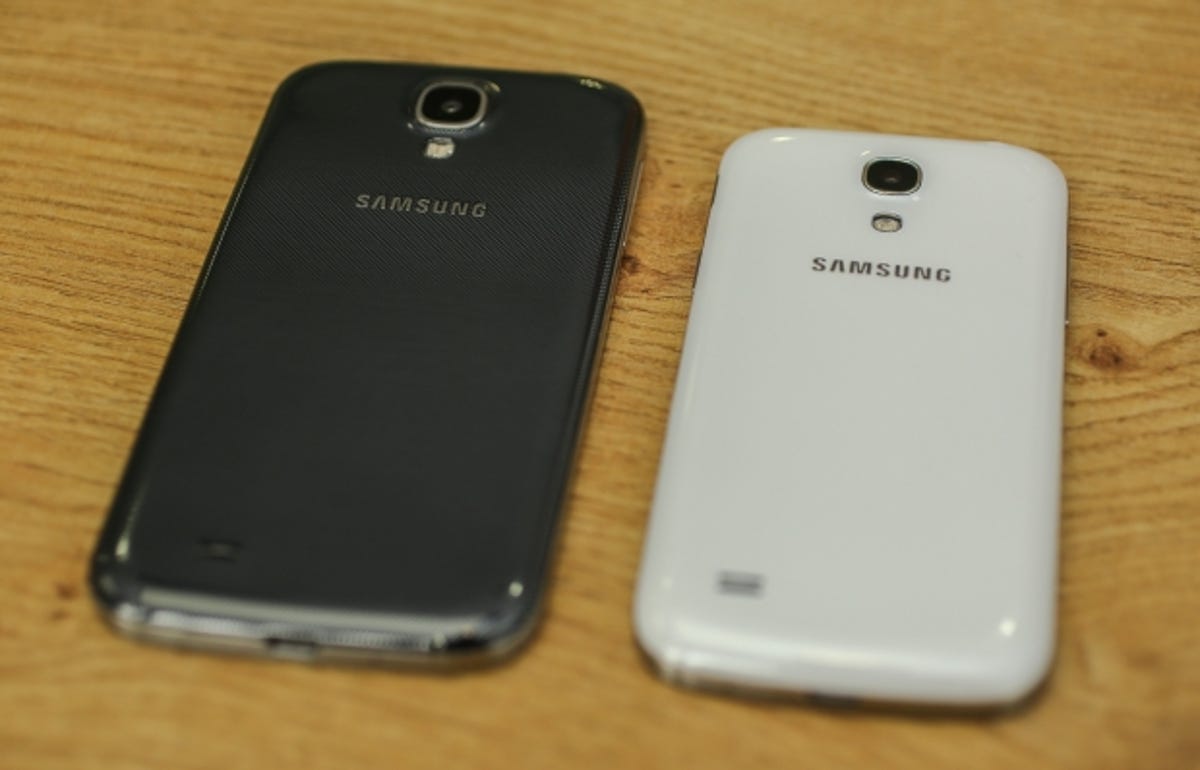
Samsung’s not one to shy away from releasing zillions of different versions of essentially the same phone, but its two latest models are intriguing in one specific way. The Galaxy S4 and S4 Mini are getting ‘TDD/FDD Dual Mode LTE’ versions, the company has announced. What the what?
LTE is the formal name for 4G, meaning Long Term Evolution. But similar to America’s different, incompatible GSM and CDMA phone systems, there are two different standards for LTE — TDD and FDD. The good news is you can make phones that are compatible with both standards, as Samsung has just proved.
These two abbreviations stand for ‘time-division duplexing’ and ‘frequency-division duplexing’. They’re two different methods of cramming data and phone calls into the connection to your friendly local phone tower.
Duplexing is just where your phone can transmit and receive at the same time, unlike a walkie-talkie, which can only do one at once (this is called simplexing). TDD means the transmission and reception occur on the same frequency, but each only for a split second, alternating between the two. That’s great for mobile Internet use, because you can use more of the bandwidth available for either downloading or uploading, whichever you happen to be doing.
FDD, meanwhile, means you’re using a slightly different frequency for uploading and downloading. The benefit of this method is less possible interference — better reception. It’s unclear which standard gives faster downloads, and it would be difficult to eliminate all the possible variables to produce a meaningful answer.
What does this mean for you?
The real difference between the two systems is where they’re used, and therefore where you can use your 4G phone. Here in the UK, EE uses FDD and everyone else will too.
“While the majority of the global LTE market is based on FDD-LTE technology, TDD-LTE, the alternative LTE technology, is expected to see increased adoption in the US, China, Australia, Middle East, Northern and Eastern Europe, and Southwest Asia, and to gain a more pronounced position in the global LTE market,” Samsung says. “Seamless handover between FDD-LTE and TDD-LTE networks is a critical feature for end-user customers and mobile operators, especially in markets where the both technologies are deployed.”
China’s biggest phone company, China Mobile, is rolling out TDD, and industry watchers expect it to expand around the world. Australian network Optus has both, but because it’s such a big country the spectrum is divided up by region and in the capital, Canberra, it can only supply TDD.
This kind of fragmentation is likely to become more common, as Samsung says, as networks put in place agreements to allow 4G roaming, and people upgrade their phones and are willing to pay for 4G on their holibobs. So phones like the new S4 and S4 Mini that can nimbly swap between the two will become important for glamorous global jetsetters like you, dear reader.



